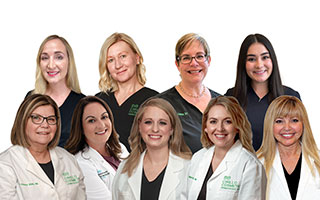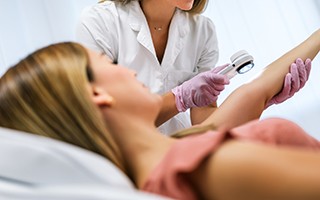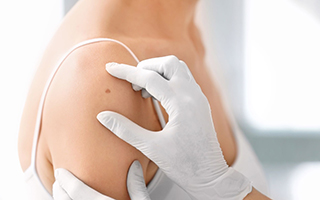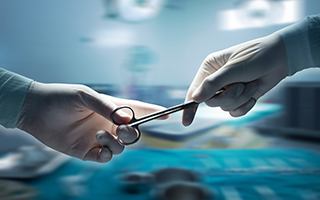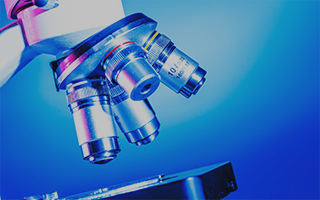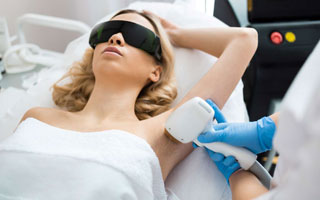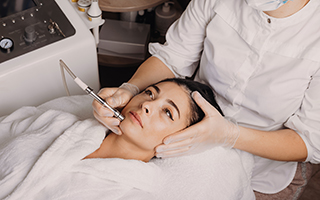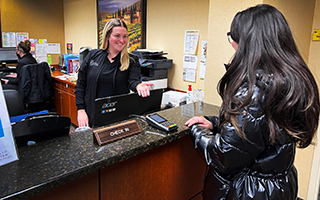Breast reconstruction is a method of restoring the natural appearance of the breasts after cancer treatment, for correction of congenital deformities, or to address volume loss and other cosmetic problems after traumatic injury. Each woman has her own unique reasons for choosing this procedure, whether it’s to improve confidence, help clothing to fit better, or restore a sense of normalcy after a trying time. Before you have breast reconstruction, talk to our Philadelphia, PA, area surgeons at The Cirillo Institute about the available options. There are two main variations: autologous techniques and prosthetics. The following is a brief summary of the differences between these approaches:
Autologous Tissue Reconstruction
Some women don’t like the idea of using a prosthetic because of the potential discomfort and pressure associated with the device. For autologous breast reconstruction, muscle, skin, or fat are grafted from other areas, such as the lower abdomen or upper back. This is referred to as tissue flap surgery. This form of breast reconstruction is usually more complex, takes longer for completion, and requires a lengthier recovery compared to prosthetic breast reconstruction.
Oncoplastic breast reconstruction is performed with the goal of making two breasts that closely match each other in size and shape. This procedure is often the preferred choice for women who have had a lumpectomy to remove part of one breast, causing the two breasts to appear uneven. It may also consist of a breast reduction or breast lift so that pair appears more symmetrical.
Prosthetic Breast Reconstruction
Saline or silicone breast implants and expanders are commonly used for gradual, multi-phase prosthetic breast reconstruction. A tissue expander is an inflatable implant device that is inserted into the breast area during the first stage of this procedure to stretch the skin and other tissues to create a pocket that can accommodate an implant. The expander device is filled with saline and gradually enlarged over the duration of around 12 weeks in preparation for the implant. Sometimes, for optimal results, autologous breast reconstruction is used in combination with an implant to achieve both increased volume and refined, natural-looking results.
Find out more about how these two types of breast reconstruction work from plastic surgeon Dr. Laura Gowen at The Cirillo Institute. We assist patients from Newtown Square, Bryn Mawr, the greater Philadelphia area, and beyond. If you have a question, call 610.525.0500 or contact us online today.


-updt.png)
